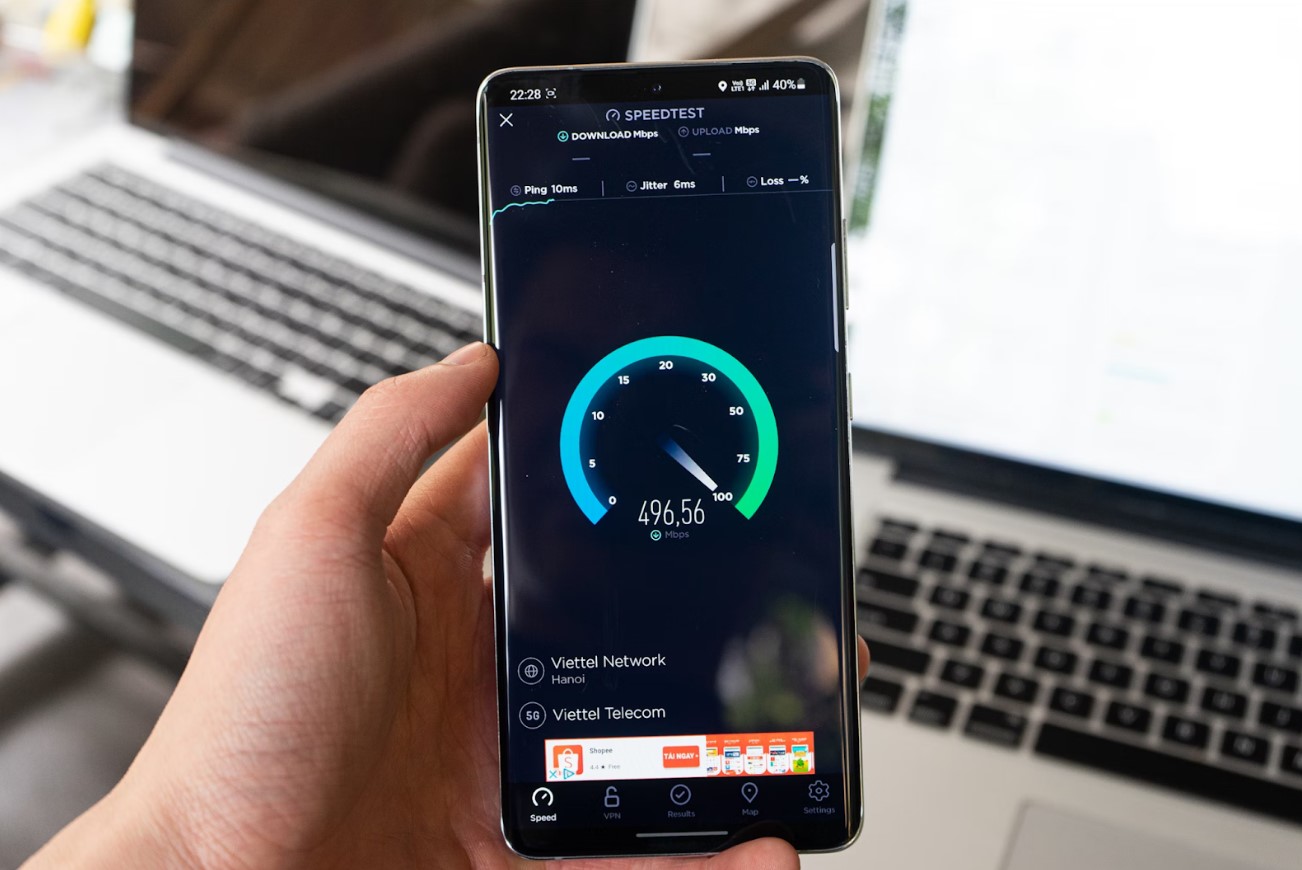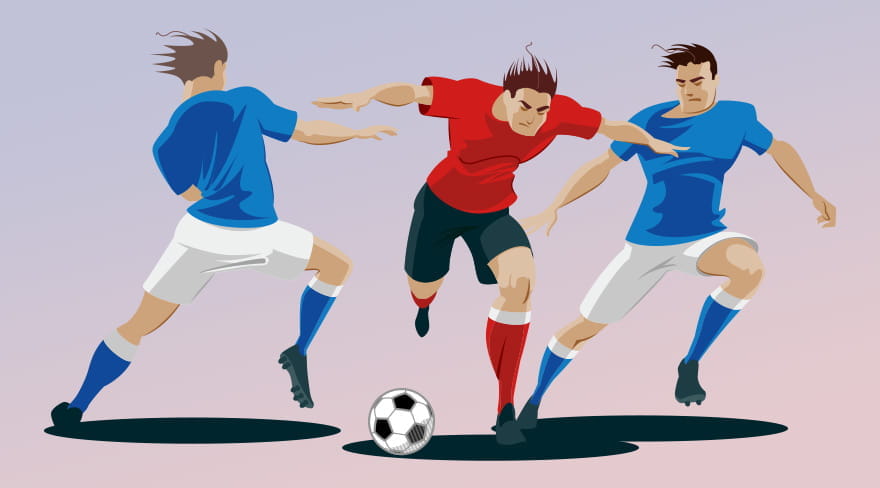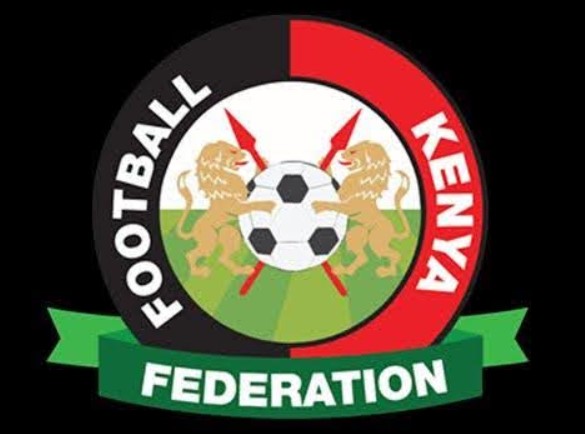The Role of 6G in Advancing Instant Sports Analytics
Thanks to the development of 6G technology, the sp

Thanks to the development of 6G technology, the sports entertainment industry will be transformed forever. Real-time analytics for sports will finally become a reality in a world where it was once considered impossible. With data expected to be transmitted at least 100 times faster than that of 5G, 6G will value real-time analysis, wearables, and fan engagement. Emerging technologies will allow for wearable devices and real-time analysis to bridge the gap between teams and fans in ways that were once thought impossible. So, let's discuss the outstanding capabilities that 6G will provide in the field of sports analytics.
What Is 6G and How Does It Work?
6G is the sixth generation of wireless technology, which improves on the groundwork established by 5G. It uses more advanced networks and higher frequency bands in order to deliver unparalleled speed and reliability. 6G has a theoretical maximum speed of 1 terabit per second, which leads to near-zero latency. This improves coordination between devices and systems. With the latency levels of 10 milliseconds that 5G has, it is clear that 6G makes a much-needed jump into the future.
What sets the 6G standard apart is the incorporation of artificial intelligence to aid in the assistance of network management, and that is where the key innovation lies for this new generation of networks. With that in mind, 6G-powered networks can automatically reallocate resources during times of exceptionally high demand. It is in sports where the innovation shows its best potential since real-time data from thousands of sensors can be processed almost instantly. This combination of new-age technology with ultra-high-speed internet changes more than just the game. It changes the entire experience of the game. By the way, MelBet embodies that spirit by seamlessly integrating innovation into the world of sports betting. They provide real-time data, intuitive tools, and a plethora of options to ensure the user is at the center of the activity. Why just watch the best of the best compete when you can join them? Check out the best bookmaker and see how technology and sports combine to enhance the experience.
How 6G Enhances Data Transmission Speed and Reliability
6G is designed to overcome the limitations of current wireless technologies, particularly in sports where real-time data is crucial. Key enhancements include:
- Ultra-Low Latency: 6G reduces latency to under 1 millisecond, enabling instant data transmission. For example, tennis players can receive real-time feedback on serve angles and speeds during matches.
- Massive Connectivity: The network supports millions of connected devices per square kilometer. This allows entire stadiums to operate wearable sensors for players and fans simultaneously.
- Enhanced Reliability: With built-in redundancy and AI management, 6G ensures stable connections even during high-demand events like the Olympics.
- Higher Bandwidth: By utilizing terahertz frequencies, 6G can handle massive data loads, such as high-resolution video analysis for every player on a football field.
In 2023, a pilot 6G project demonstrated its potential by streaming live biometric data from 100 marathon runners to coaches and broadcasters without a single delay. Additionally, studies predict that 6G adoption in sports analytics will improve data processing speeds by 95%, transforming both training and fan engagement. Likewise, thanks to 6G, you will be able to receive news from Facebook MelBet even faster. Subscribe now. There's everything: news, memes, and a bunch of other useful information. And for betting fans, you can even find promo codes there to win even more.
Instantaneous Performance Feedback Using 6G Networks
With the introduction of 6G, coaches, and trainers can provide near-instantaneous performance feedback, which is a revolutionary shift in the sports industry. An athlete can now receive direct insight on how to improve on the spot. For example, soccer players can track their sprints, rest, and even placement within the game, which allows them to improve their overall performance.
This feedback also benefits coaches, as they can keep track of the players' stamina and prevent injuries by substituting players accordingly. In 2022, teams who actively used real-time analytics reported a 25% reduction in injury statistics. 6G will provide even more accuracy and precision compared to previous technologies, which will, in turn, redefine team strategies. Indications show that athletes have the ability to reduce their recovery time by cutting it down by 20%.
Enabling Advanced Wearable Devices Through 6G Connectivity
In the realm of sports, wearable gadgets are fundamental, and 6G is capable of enhancing their abilities even further. These gadgets are capable of gathering and sending massive amounts of data in real-time, unlocking the following performance insights:
| Metric | Device | Use Case |
|---|---|---|
| Heart Rate | Smartwatches | Tracks cardiovascular health during games |
| Muscle Activity | EMG Sensors | Prevents overexertion by monitoring fatigue |
| Hydration Levels | Smart Patches | Alerts athletes to dehydration risks |
| Motion Tracking | GPS-Enabled Devices | Analyzes player positioning and movements |
| Recovery Status | Compression Wear | Monitors swelling and blood flow post-game |
In 2023, wearable devices integrated with 6G technology were utilized in a triathlon competition, enabling remote tracking of an athlete's biometric data in real time. New strategies showed enhanced optimizations of 15% to be more efficient. In addition, there was a 12% improvement in the equipment failure rate.
The Role of 6G in Enhancing Fan Engagement with Live Data
6G alteration includes not only player analytics but also how the fans experience and engage with sports. Advanced wireless networks enable the immediate sending and receiving of statistics, replays, and even interactive features in real-time. For example, AR applications can enhance the viewing experience by superimposing player stats during live events.
6G-enabled stadiums are capable of enabling new fan experiences, such as personalized content and even 360-degree live-streaming. Forty percent enthusiastic user engagement was experienced at a 6G-enabled stadium’s enhanced audience trial in 2023. Moreover, enhanced audience tracking showed a 25% improvement in audience satisfaction. Such virtual and augmented reality innovations make sports more entertaining and much more accessible to fans around the globe.
Challenges and Considerations in Adopting 6G for Sports Analytics
But, still, in the adoption of 6G, there are some precautions to keep in mind, although it is adopted in a sport.
- Infrastructure Expenses: The development of 6G infrastructure, devices, and towers is a costly affair, which makes it difficult for smaller leagues to embrace these technologies.
- Privacy Issues: The use of biometric and performance data needs privacy and data security.
- Integration with Existing Systems: The development of 6G infrastructure and devices needs to be done in a fashion that does not interrupt the ongoing analytics using 5G.
- Global Reach: Even though the provided analytics are expected to significantly improve with the introduction of 6G, there will still be regions that will not have as easy access to such advanced analytics.
Tackling these issues is necessary to enable the widespread use of 6G in sports analytics. Experts predict that overcoming these challenges will require $200 billion globally by the year 2035.

Integration of AI and 6G for Predictive Sports Insights
AI coupled with 6G can totally transform predictive sports analytics. AI algorithms can make forecasts regarding player performance, injury risk, and overall game results due to the data collected through the 6G networks. For example, AI models can monitor biometric data of basketball players and predict fatigue levels, allowing coaches to manage training intensity proactively.
In 2024, an AI and 6G integration was used by a professional cricket team to predict an optimal batting order and was successful with a 12% increase in win ratios. These integrations make smarter strategies possible and allow teams to stay at the top of performances. The social impact of AI and 6G in sports will be monumental as their technologies continue to advance.
The Future of Sports Analytics with 6G Technologies
The future of sports analytics will be in line with the development of 6G technologies. Everything from data analysis to the simulation of real-life scenarios will be common practice by 2035. Such development is not only progress for technology but also enables what was previously thought to be impossible. As we move forward with this development, there is ample opportunity for improvement in the quality of performance by athletes, as well as engagement from fans. Let us step into this new exciting period hand in hand.







